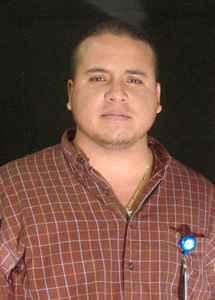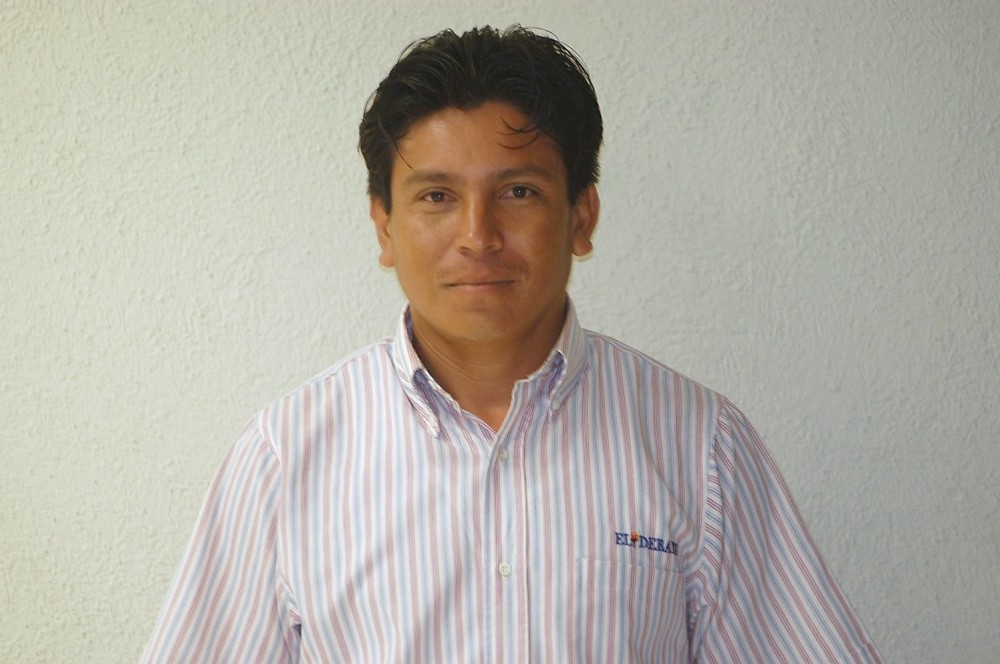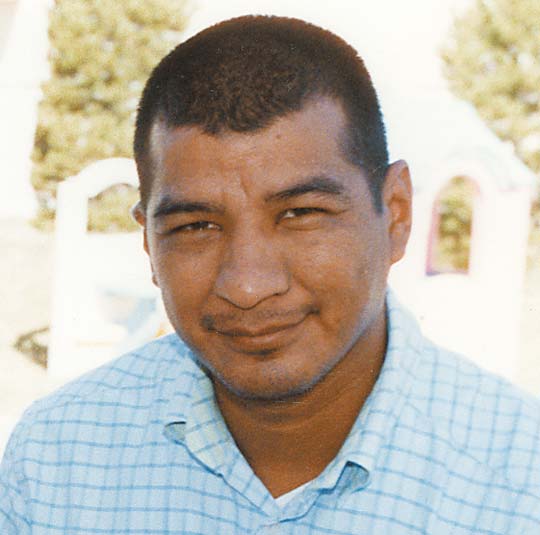Murdered Journalists
"We are journalists and they are criminals and it's our job to cover the news. If they don't like it, they should find other work."
Sept. 2, 2004 | Jesús Blancornélas | Editor | Semanario Zeta

Alfredo Jiménez Mota was an organized crime reporter for El Imparcial newspaper in Hermosillo, Sonora. He disappeared April 2, 2005 on his way to meet a nervous source. The young reporter had been threatened on three occasions. Jiménez uncovered the murder of a northwestern Mexico prosecutor by a drug trafficker. He also documented the rise of an old drug-trafficking family working the Arizona border. And he uncovered the ties between government officials and the Sinaloa cartels. The federal government took over the investigation into Jiménez’s disappearance. A year later, the organized crime investigations unit retreated from Hermosillo after receiving death threats from the Arizona based traffickers. Jiménez disappeared during a bloody week in Mexico when two other reporters were gunned down, one along Mexico’s Texas border, the second in Veracruz. Since that time, 24 more reporters were killed or disappeared,. His case has never been solved.
Gregorio Rodriguez Hernández was a photographer for El Debate newspaper in Escuinapa, Sinaloa. He was gunned down in front of his children, Nov. 28, 2004. It would take police more than an hour to respond to the hit. Later, it was revealed that the chief of police had disconnected the emergency dispatch system and ordered his officers to wash away the blood at the crime scene.
A Sinaloan drug lord currently standing trial on trafficking charges in the U.S. was implicated in the execution. The chief of police is serving an eleven year prison sentence in Mexico for his involvement in the murder. Popular opinion has it that Rodriguez had taken a photo of the chief of police and the drug lord at a party together. His murder has never been solved.
Armando Rodriguez was a border reporter for El Diario de Juárez in Ciudád Juárez, Chihuahua. He was murdered Nov. 13, 2008, shot ten times with a 9-mm while driving his daughter to school.
Two weeks before his murder, Rodriguez had uncovered the family connections between a murdered drug trafficker and the Chihuahua State Attorney General. His final story noted that the Attorney General's Office had tried to omit the maternal last name of the dead trafficker. Taken together, the last names proved that the dead man was the blood nephew of the prosecutor's husband, a state judge. His murder has never been solved.
The Foundation for the Freedom of the Press, is a non-governmental organisation that systematically monitors threats against the freedom of the press in Colombia. It also develops activities that contribute to the protection of journalists and promotes the fundamental right to information.
FLIP arose in 1996 from the forums created by the winner of the Nobel Prize for literature; Gabriel Garcia Márquez, part of the Foundation for a New Spanish-American Journalism. In its first year, FLIP was dedicated to bringing together a small group of colleagues with executive positions within the press or organisations of recognised national prestige. These people were organised around the theme of freedom of the press and their aim was to establish the necessary philosophical bases and begin spreading the proposed solutions.
The Dart Center is a global network of journalists, journalism educators and health professionals dedicated to improving media coverage of trauma, conflict and tragedy. The Center also addresses the consequences of such coverage for those working in journalism.




